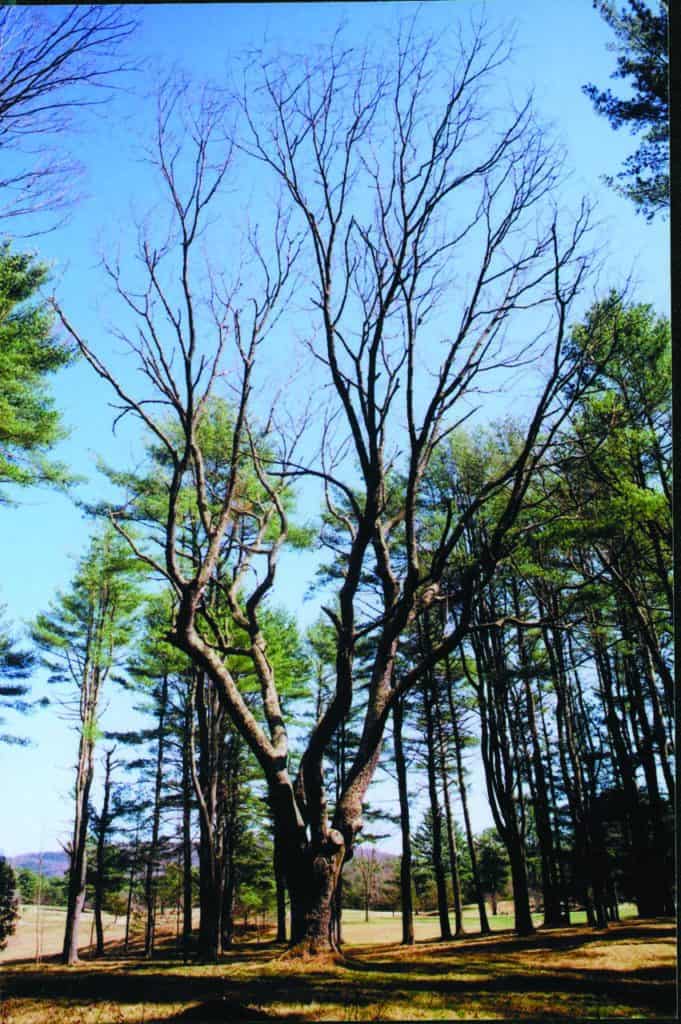
By Gary Salmon
So how do trees work like a bank account? When they are sequestering carbon as all trees have over eons. A forest of trees is like principal, that grows and occasionally gets partially withdrawn (harvested). The faster and longer the growth the greater return from your collection of carbon sequesterers. It’s a simple process but very difficult to quantify, which is why the concept of creating carbon sequestering markets has been difficult to implement (two projects off the ground in Vermont).
At another level a forest landowner can even look at harvested trees as a sort of carbon sequestering diversion because if wood products are created from the harvested trees and become a part of a building’s structure then carbon is permanently stored in that way as well.
Over the last several years the concept of being paid for the carbon stored in your trees has gained and lost momentum. An actual market for storing carbon in trees was established in California (cap and trade program) but is now limited to land actually in California.
The next level down (related to acreage parcel size and pay backs for carbon stored) is a voluntary carbon market and a collection of 12 northern Vermont forest landowners are doing just that with their 8,600 acres. Unlike the California program, a voluntary carbon market requires the forest landowners enrolled to seek carbon investors on their own.
Finally a family forest carbon project originating in Pennsylvania, western Massachusetts, and New York is becoming available to southern Vermont forest landowners. According to Tim Stout, it may be the best fit for smaller forest landowners interested in carbon storage programs. This project is trying to reach smaller forest landowners to satisfy those who crave to embrace the concept of storing forest carbon with lesser participating acreage requirements and of course smaller enrollment costs and payback. (For more information contact Tim at [email protected].)
The trees don’t care what they look like as they store carbon inside themselves. The tallest straight pine, the open crowned sugar maple, or the trees in your yard all contribute to helping keep carbon out of the atmosphere. As you finally get to putter around doing spring yardwork look up. That branch on the ground may have snapped off and a little branch pruning (avoiding the branch part sticking out of trunk) may be in order. To keep other yard trees healthy the principal of removing vertically growing wood (water sprouts), branches growing back toward the center of the tree and branches that cross and rub against each other should also be considered to keep trees healthy. As you are enjoying the sun and anticipating lawn mowing also look down. Check the lower trunks of small diameter trees to see if the bark has been chewed by mice or voles. If most of the trunk has been tooth girdled you have lost a carbon sequesterer and perhaps an important part of your yard landscape. Spring is also mulch time so that grass and tree roots don’t compete for the same limited amount of water over this summer’s growing season. To help keep a tree healthy, be sure to mulch three inches deep over the roots but do not touch the trunk.
So a little tree work this spring may insure a healthy carbon sequesterer in your yard for the rest of the growing season and beyond. Nothing more beautiful than a healthy carbon sequestering tree. It’s like “money in the bank” but nicer to look at.




